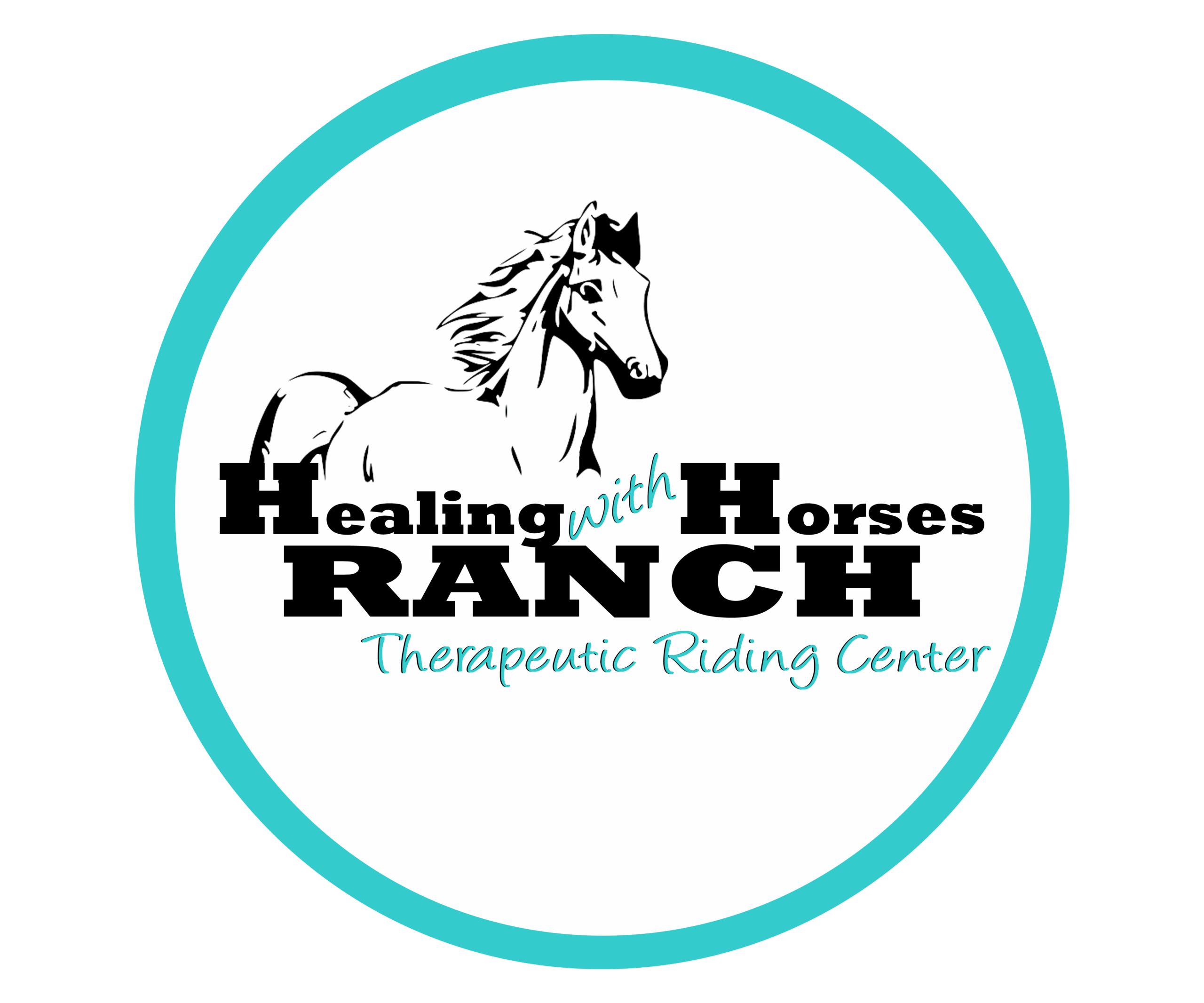Horses in Workplace Wellness Programs

Workplace wellness programs are evolving to include innovative approaches that promote mental and physical health. One such unique and effective method is incorporating horses into these programs. This article explores the benefits, implementation strategies, and frequently asked questions about using horses in workplace wellness initiatives.
Introduction to Equine-Assisted Wellness

Equine-assisted wellness involves using horses as therapeutic partners to improve emotional, psychological, and physical well-being. Horses are highly intuitive animals that respond to human emotions, making them excellent facilitators for stress reduction, communication skills, and team building.
Benefits of Horses in Workplace Wellness Programs
| Benefit | Description |
|---|---|
| Stress Reduction | Interaction with horses has been shown to lower cortisol levels and reduce anxiety. |
| Improved Communication | Working with horses requires clear, calm communication, enhancing interpersonal skills. |
| Team Building | Group activities with horses foster trust, cooperation, and collaboration among employees. |
| Emotional Awareness | Horses mirror human emotions, helping individuals recognize and manage their feelings. |
| Physical Activity | Caring for and moving with horses encourages physical movement and outdoor activity. |
How Horses Are Integrated into Wellness Programs
- Equine-Assisted Therapy Sessions: Guided by certified therapists, employees engage in activities like grooming, leading, and observing horses to develop emotional insight.
- Team Workshops: Facilitated group exercises with horses focus on leadership, problem-solving, and trust-building.
- Mindfulness and Stress Relief: Sessions include quiet time with horses to practice mindfulness and relaxation techniques.
Implementing a Horse-Based Wellness Program
- Assess Organizational Needs: Identify goals such as stress management, team cohesion, or leadership development.
- Partner with Professionals: Collaborate with equine therapists and wellness experts.
- Plan Logistics: Arrange for safe facilities, transportation, and scheduling.
- Educate Employees: Provide information about the benefits and what to expect.
- Evaluate Outcomes: Use surveys and feedback to measure program effectiveness.
Frequently Asked Questions (FAQ)
Q1: Are horses safe to be around in a workplace setting?
A1: Yes, when managed by trained professionals in controlled environments, horses are safe and well-suited for therapeutic activities.
Q2: Do employees need prior experience with horses?
A2: No prior experience is necessary; programs are designed to accommodate beginners and focus on interaction rather than riding.
Q3: What types of workplaces benefit most from equine wellness programs?
A3: Organizations seeking to improve mental health, team dynamics, and leadership skills find these programs particularly beneficial.
Q4: How often should these programs be conducted?
A4: Frequency varies based on organizational goals but can range from monthly workshops to quarterly retreats.
Conclusion
Incorporating horses into workplace wellness programs offers a novel and impactful way to enhance employee well-being. By fostering emotional awareness, reducing stress, and improving communication, equine-assisted activities can transform workplace culture and productivity.
Would you like me to help refine the tone or add more detailed case studies to this article?
